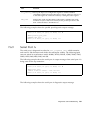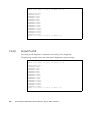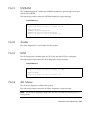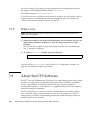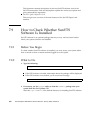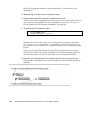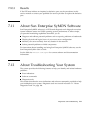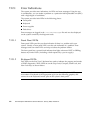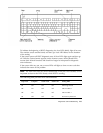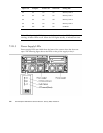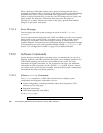
7.9.3 What Next
For more information, refer to the appropriate Solaris documentation, as well as the
pkgadd reference manual page.
7.10 How to Use SunVTS Software
7.10.1 Before You Begin
If your system passes the firmware-based diagnostics and boots the operating
system, yet does not function correctly, you can use SunVTS software, the Sun
Validation and Test Suite, to run additional tests. These tests verify the configuration
and functionality of most hardware controllers and devices.
You must have root or superuser access to run SunVTS tests and the system must be
booted to the multiuser level (level 3). If you are not familiar with these or other
basic UNIX commands and procedures, such as shutting down the system, booting
the system, and configuring devices, you can find the information you need in the
following sources:
Solaris Handbook for Sun Peripherals
AnswerBook2
TM
online documentation for the Solaris operating environment
Other software documentation that you received with your system
7.10.2 What to Do
This procedure assumes that you will test your Sun Enterprise 220R server remotely
by running a SunVTS session from a workstation using the SunVTS graphical
interface. For information about other SunVTS interfaces and options, see Section 7.1
“About Diagnostic Tools” on page 186.
1. Use xhost to give the remote server access to the workstation display.
On the system from which you will be running the SunVTS graphical interface,
type:
% /usr/openwin/bin/xhost + remote_hostname
Substitute the name of the Sun Enterprise 220R server for remote_hostname.
Among other things, this command gives the server display permissions to run
Diagnostics and Troubleshooting 209



